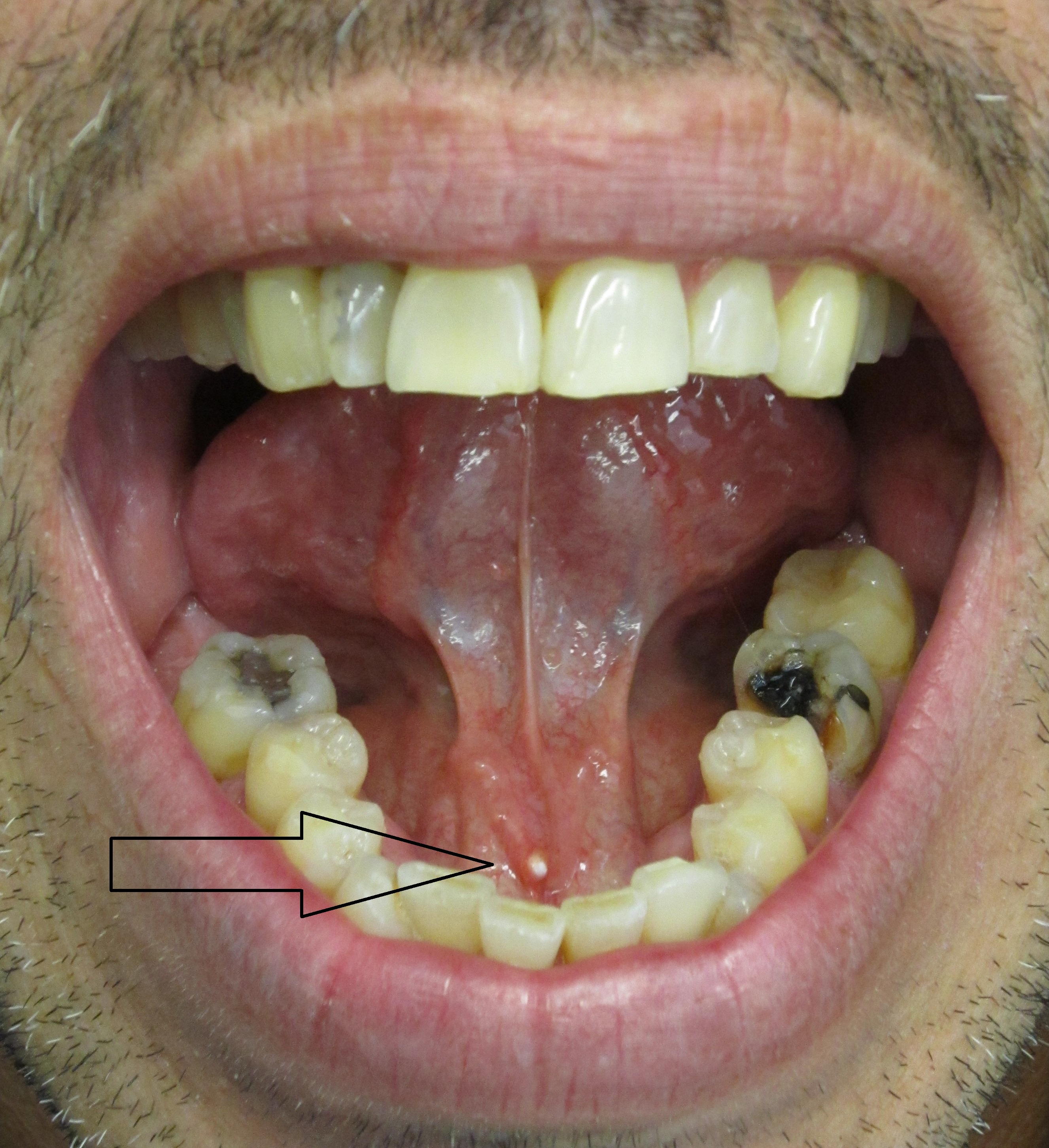 New Health Guide
New Health Guide
Within the salivary glands, there can be one or more stones that form. These stones are referred to as salivary gland stone or Salivary Duct Stones, Salivary Calculi and Sialolithiasis. The stone will block the saliva that flows, meaning a person can experience intense pain and swelling in the gland that has the stone. There is no concrete reason for why these stones form, but in most cases, they can come out on their own or with a little probing. In some cases, the person has to have a small procedure performed in order to remove the stone.
 A salivary gland stone is a crystallized chemical that is found in saliva. When these stones form, they do so in the salivary ducts, which leads to blockage. Most people who are affected are over the age of 40, yet these can happen to anyone. Most of the stones that people have are basically nothing but hardened calcium that is crystallized from the saliva. The size of these stones can be anywhere from 1 mm to a few centimeters in size. In most cases, about 9 out of 10, the stones are less than 10 mm in size.
A salivary gland stone is a crystallized chemical that is found in saliva. When these stones form, they do so in the salivary ducts, which leads to blockage. Most people who are affected are over the age of 40, yet these can happen to anyone. Most of the stones that people have are basically nothing but hardened calcium that is crystallized from the saliva. The size of these stones can be anywhere from 1 mm to a few centimeters in size. In most cases, about 9 out of 10, the stones are less than 10 mm in size.
In your mouth, you have 3 major salivary glands. A set is located on the side of the jaw, near the back of the mouth on both sides. These are referred to as the sub-mandibular glands. There are also salivary glands on the sides of the face, in front of the ears. This is referred to as the parotid glands. Those who do suffer with salivary gland stones often do so with the sub-mandibular glands. According to the Merck Manual Home Health Handbook, those who do suffer with stones, about 25% of these people have more than one stone at a time.
When a person has a salivary gland stone, most often they know this by the pain and swelling they suffer from in the gland area. More times than not, this is discovered at meal times when trying to eat, as the gland is completely blocked not allowing saliva to exit. After a meal, the pain usually stays with the person for an hour or two, and can be rather intense at times due to the blockage of saliva. This is what happens when the stone is completely blocking the gland. However, there are times in which the gland may not be completely blocked. When this is the case, the symptoms a person experience are not as intense. The symptoms include:
There are those people who still have salivary gland stones, yet they never show any symptoms. They only discover this when there is an X-ray taken of the mouth, for whatever reason.
There are chemicals within the saliva that can crystallize. In most cases, this is calcium phosphate and calcium carbonate. When these chemicals crystallize, they form stones that can clog the salivary glands in the mouth. These stones can block the glands from releasing saliva, which then causes pain and swelling since the saliva cannot get out. The causes of the chemicals crystallizing vary, but there are several reasons that doctors look at. These reasons include:
There are several ways in which a salivary gland stone can be diagnosed. One of the main ways is the symptoms the patient complains of. Many people state they have pain and swelling in the areas, which leads doctors to diagnose the problem right then. In other patients, the doctors can visually see the stones due to the swelling and redness, and infection that may be in the area. When a doctor looks in the area, they may probe the areas, which the person will then feel a lot of tenderness, which leads doctors to the assessment that salivary gland stones are to blame. If there is no tenderness, if the doctor were to massage the jaw area, they may even see the stones spill out. The last method for diagnosis is taking an X-ray exam of the mouth. There are times in which doctors inject dye into the mouth in order to see any blocks that may be present.
There are several ways in which a salivary gland stone can be treated. These include:
In most cases, once a stone is removed, this is the end of stones for a person. However, there are those who may continue to develop these stones and frequently require treatment of these.